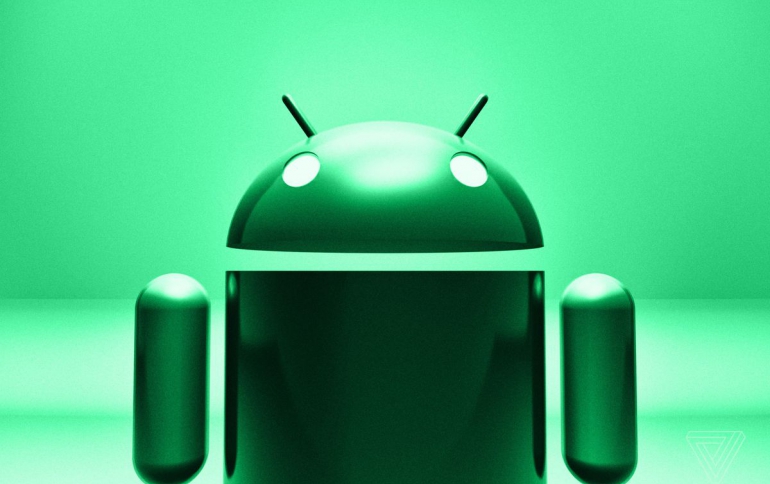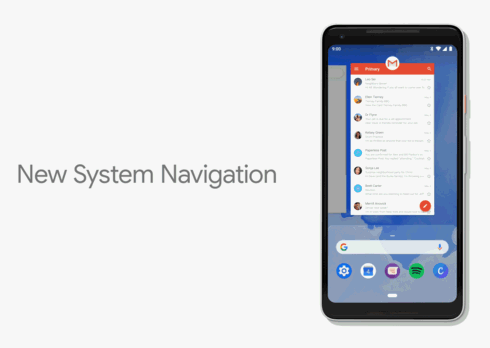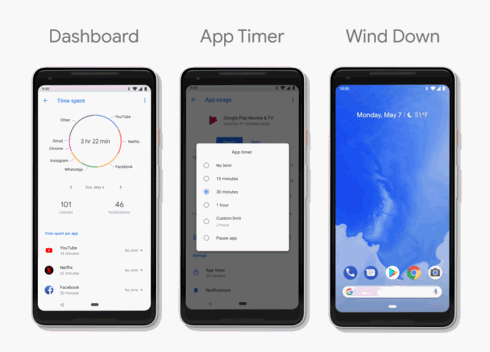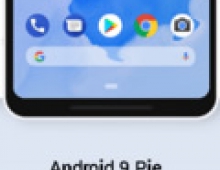
Google Releases Android P Beta, Previews Features at I/O
Google is making Android smarter and easier to use, by unveiling a beta version of Android P, the next release of Android.
Android P makes your smartphone smarter. For example, in Android P, Google partnered with DeepMind to build Adaptive Battery, which prioritizes battery power only for the apps and services you use the most, to help you squeeze the most out of your battery. Google also used machine learning to create Adaptive Brightness, which learns how you like to set the brightness slider given your surroundings.
Across the platform, your phone will help you better navigate your day, using context to give you smart suggestions based on what you like to do the most and automatically anticipating your next action. App Actions, for instance, help you get to your next task more quickly by predicting what you want to do next. Say you connect your headphones to your device, Android will surface an action to resume your favorite Spotify playlist. Actions show up throughout Android in places like the Launcher, Smart Text Selection, the Play Store, the Google Search app and the Assistant.

In addition, Slices are giving you an even deeper look into your favorite apps. If you search for "Lyft" in Google Search, you can see an interactive Slice that gives you the price and time for a trip to work, and it's interactive so you can quickly order the ride.
Google is also bringing the power of Google's machine learning to app developers with the launch of ML Kit, a new set of cross-platform APIs available through Firebase. ML Kit offers developers on-device APIs for text recognition, face detection, image labeling and more.
Android P also looks and feels more approachable with a new system navigation. In Android P, Google is extending gestures to enable navigation right from your homescreen. This is helpful as phones grow taller and it's more difficult to get things done on your phone with one hand. With a single home button, you can swipe up to see a newly designed Overview, the spot where at a glance you have full-screen previews of your recently used apps. Simply tap to jump back into one of them. If you find yourself constantly switching between apps, Smart Text Selection (which recognizes the meaning of the text you're selecting and suggests relevant actions) now works in Overview, making it easier to perform the action you want.
Android P also brings a redesigned Quick Settings, a better way to take and edit screenshots (say goodbye to the vulcan grip that was required before), simplified volume controls, an easier way to manage notifications and more.

In addition, a new Dashboard, shows you how you're spending time on your device, including time spent in apps, how many times you've unlocked your phone, and how many notifications you've received. App Timer lets you set time limits on apps, and will nudge you when you're close to your limit and then gray out the icon to remind you of your goal. The new Do Not Disturb mode silences not just the phone calls and notifications, but also all the visual interruptions that pop up on your screen. And to make it even easier to use, Google created a new gesture: if you turn your phone over on the table, it automatically enters Do Not Disturb so you can focus on being present. Finally, Wind Down will switch on Night Light when it gets dark, and it will turn on Do Not Disturb and fade the screen to grayscale at your chosen bedtime to help you remember to get to sleep at the time you want.
Beyond smarts, simplicity and digital wellbeing, there are hundreds of additional improvements coming in Android P, including security and privacy improvements such as DNS over TLS, encrypted backups, Protected Confirmations and more.
Android P Beta is available today on Google Pixel. And thanks to work on Project Treble, a number of Google's partners are making Android P Beta available today on their own devices, including Sony Xperia XZ2, Xiaomi Mi Mix 2S, Nokia 7 Plus, Oppo R15 Pro, Vivo X21, OnePlus 6, and Essential PH‑1.















